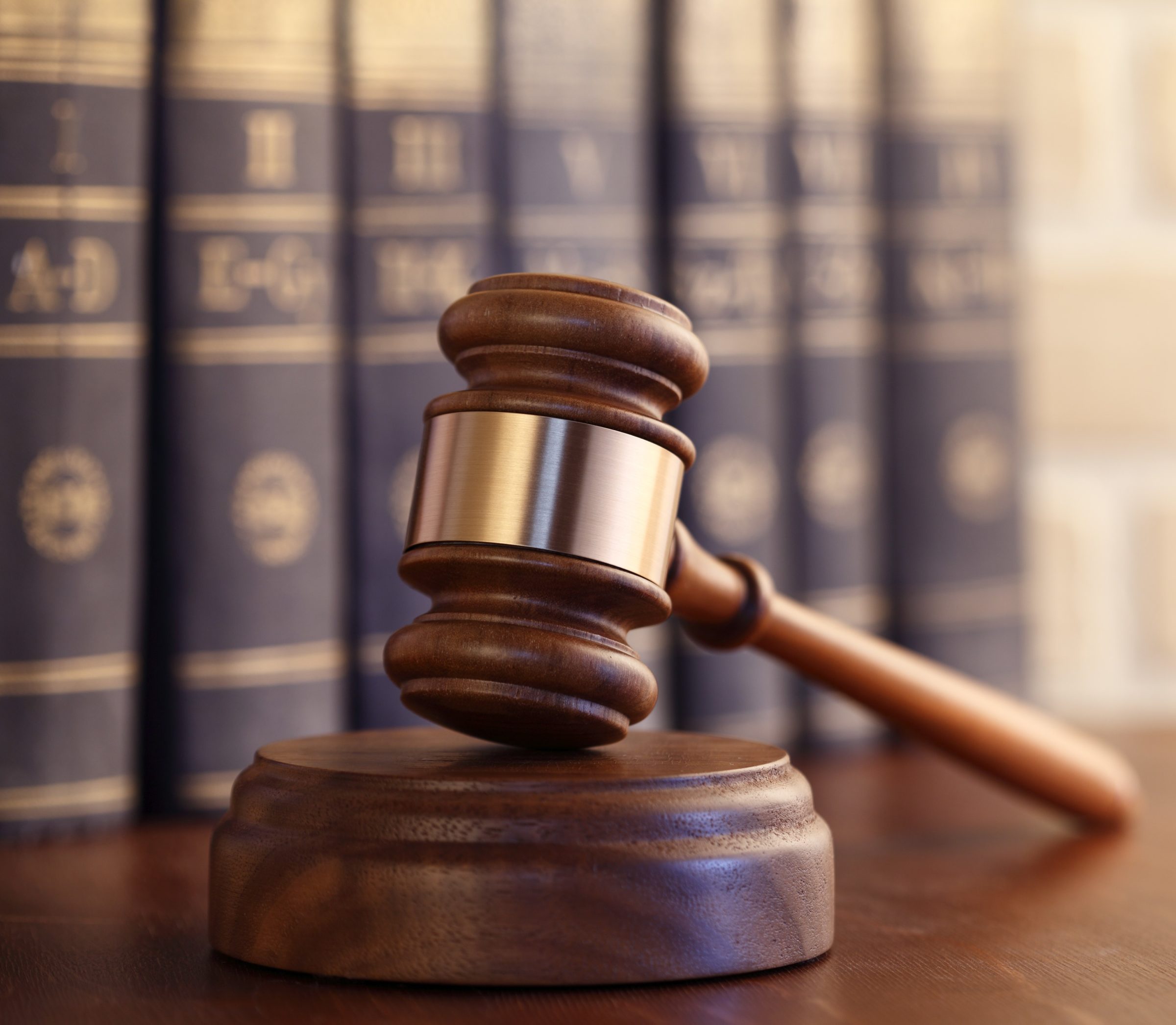Chapman’s News & Ideas Dobbs Decision Restores Constitutional Order
Originally published at The Journal GazetteThe sky is not falling.
Whatever your opinion on abortion rights, the fact remains that the reversal of Roe v. Wade was a correct legal decision. A discussion of civics is appropriate.
The federal government was created by the states, not the other way around. In creating the federal government, the states granted it certain powers and authority, which they set forth in the Constitution. It is a work of genius.
In the Constitution, the states reserved for themselves the power to either increase or decrease the powers of the federal government through the process of amendment.
The framers had bitter experience with a tyrannical government, and they devised a careful system of checks and balances to prevent the new federal government from becoming authoritarian.
All legislative power was vested in the legislature (Congress), all enforcement power was vested in the executive branch (the president), and the judicial power was vested in the judiciary (the Supreme Court).
It is the business of the legislature to enact laws, and the business of the judiciary to interpret them.
The first 10 amendments to the Constitution are The Bill of Rights. In the 10th Amendment, the states made one thing very clear:
“The powers not delegated to the United States, by the Constitution, nor prohibited by it to the States, are reserved to the States respectively, or to the people.”
The Constitution makes no reference to the subject of abortion nor to a “right of privacy.”
When the Roe decision came out, I was a practicing lawyer, well versed in constitutional law. I had no particular opinions about abortion. However, when I read the decision, I thought, “This is judge-made law. These guys started out with a conclusion they wanted to reach, then created an imaginary constitutional basis to support it.”
In other words, the judges were legislating, which is not their job.
The decision in Dobbs v. Jackson Women’s Health Center overrules Roe v. Wade. It does not prohibit abortion, but it does, in essence, hold that, in Roe v. Wade, the court ventured beyond its judicial authority and dictated a new law.
The effect is to return the issue of abortion rights to the states, where it was until 1973, when the Court issued the Roe decision.
In Dobbs, the majority opinion was written by Justice Samuel Alito. His opinion is articulate, scholarly, persuasive – and lengthy. It runs to nearly 80 pages. Three justices wrote a spirited dissent.
And so – where are we left?
The act of aborting a child is contrary to all human instincts. And yet, I am sympathetic to the concerns of those distressed by the reversal of Roe v. Wade. And there are legions of them.
One solution would be a federal law that details the circumstances under which abortion may be had, and the restrictions or limitations that should be applicable.
The Constitution provides a process to achieve this through amendment, but that is a time-consuming and difficult journey.
It can also be argued that Congress has the authority to enact such a law.
Even so, because of the sharp differences of opinion on abortion rights, it is difficult to imagine our representatives could reach a sufficient consensus to enact such a law.
By the way, the framers intended that it be difficult to enact legislation. That is part of the reason we have representative government and not a true democracy.
So for now, these issues will be resolved by voters on a state-by-state basis. All sides will be heard, elections will take place, and laws will be passed. Some of those laws will be tested in the courts.
It is the democratic process. It is a messy business, but so far it is the best system that anyone has been able to come up with.
And what about Indiana?
Right now, both legislative bodies and the governor’s office are controlled by the same party. But voters within that party do not share a uniform opinion as to what our law should say.
As our elected representatives consider such a law, I offer them this advice: This is a moment for statesmanship.
Listen to all proposals; be willing to understand and consider the real concerns of people on all sides of this troublesome issue; and, remember that you represent all Hoosiers.
I suggest that the best law will be one that pleases very few, but can be accepted, or at least tolerated, by most. Easier said than done, I realize. But they should try.
Some have proposed that the Dobbs decision be overcome by adding judges to the Supreme Court, a process known as court packing.
These new judges would be chosen on the basis of their willingness to restore abortion rights.
This is similar to a failed proposal President Franklin D. Roosevelt attempted when he was unhappy with the Supreme Court.
President Joe Biden, as a U.S. senator, referred to court packing as “a bonehead idea.”
The reversal of Roe v. Wade is not, as some have claimed, a threat to our system of government; court packing would, indeed, be such a threat.
Remember, in any case, the sky is not falling.
Howard Chapman is an Adjunct Fellow of Discovery Institute.

